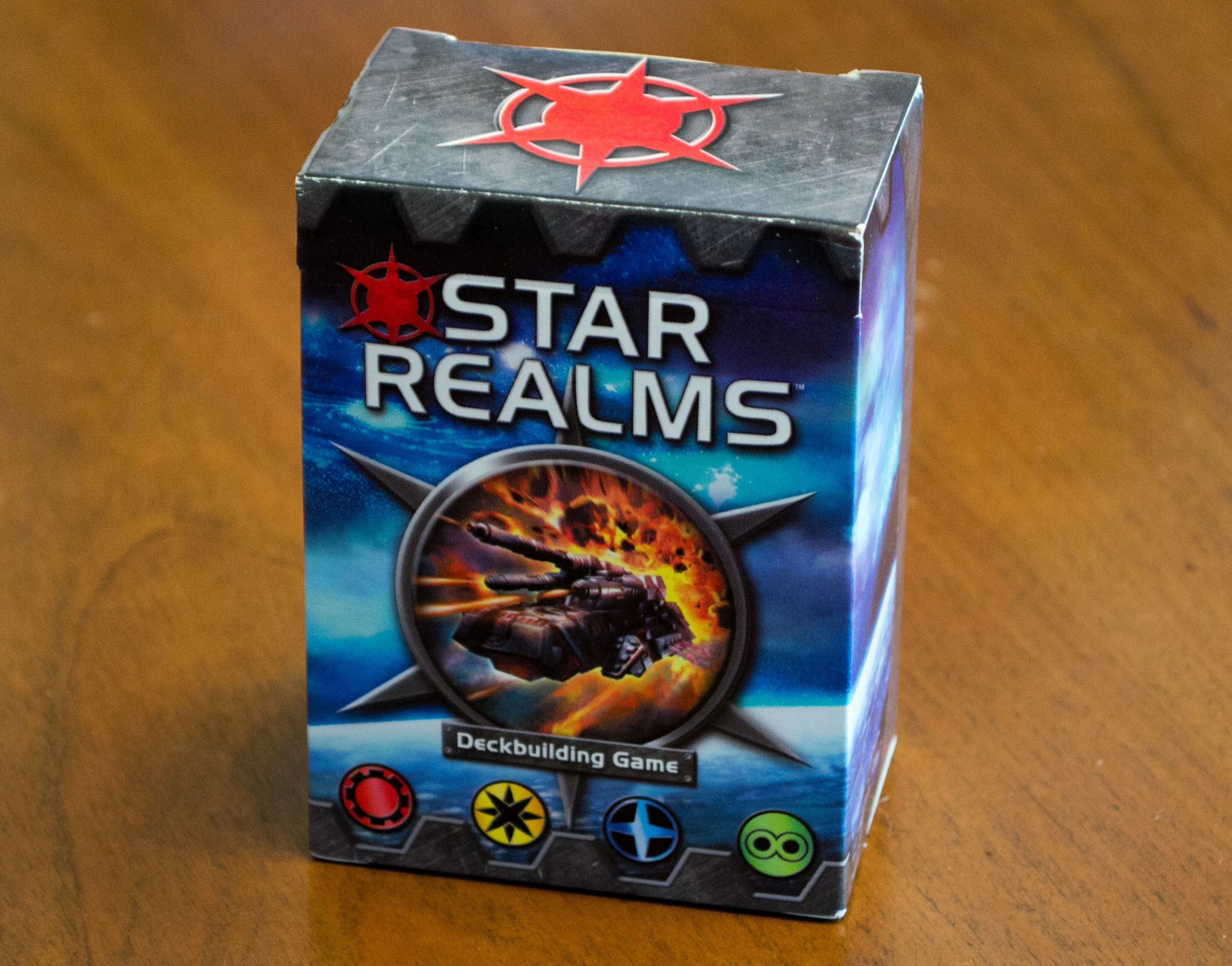Last week I touched on the amount of role-playing the Dungeon Master has to do during a session of Dungeons & Dragons. Even further back, all the way back in mid-October, I focused on the, arguably, most time intensive part of taking on the role of Dungeon Master in the group: preparing for a session. While role-playing and preparing some sort of session for the other players make up part of the difficulty of being Dungeon Master, the DM also has the rather intimidating job of running the game. For the inexperienced, Dungeons & Dragons seems like a mess of rules and numbers and information. And for the DM, it is generally expected that they know all of this. In reality, they do not need to know everything there is to know, and there are ways to make this task easier.

The three books that make up the foundation of a DM’s arsenal for running a D&D session. Published by Wizards of the Coast LLC.
A Dungeon Master does need to know the gist of the rules for D&D, such as how to create characters, run combat, and check skills. This is by far the most important thing a DM will need to know, as new players will generally turn to the DM for explanations and clarifications on various rules, although experienced players will also aid with teaching new players. It is a team effort, so it only makes sense for everyone to ensure all players know how to play the game. But, for obscure rules or if the DM simply blanks, there’s no harm in quickly consulting the Player’s Handbook, or better yet, just winging it. The choice is up to you; however you want to run the game is up to you. One of the trickier things to remember is specific numbers for skill checks and stats for monsters. For skill checks, the difficult class (DC) is the number above which a player, NPC, or monster must equal or beat in a roll on a d20. Depending on how difficult the task is determines the DC, with easier challenges lower in number and more difficult higher in number. DMs can remember the general idea for skill checks immediately and use it from there on out. For monster stats, the job is not to remember them, but rather, to anticipate and prepare the stats from the Monster Manual and then have them with you in case they are needed. In general, this tip is the solution to remembering everything: just don’t. Lists are the perfect way to quickly access any knowledge you may need.

The cast of Critical Role during a session, a group of voice actors led by DM Matt Mercer. Photo from Geek and Sundry.
When it comes to the nitty gritty of running the game, it all comes down to being able to improvise and adapt to what the players offer to the DM. Always remember, no matter what the Dungeon Master anticipates, the players will almost always end up pulling tricks out of their sleeves. What makes a good DM is when they are able to take the unexpected and use the skills they have to turn it into a successful session. However “successful” is defined is up to the entire group, but we can go with it meaning the players accomplished their goal and had fun while doing it. To build these sort of improvisation skills, I personally recommend playing as a character for a while to become acquainted with the game’s mechanics and rule. But in the case where the entire group is new, someone will unfortunately need to learn through trial by fire. Even then, the experience from crashing and burning is still useful. All of it culminates to build the strengths of the Dungeon Master and allow them to host a great session.


















